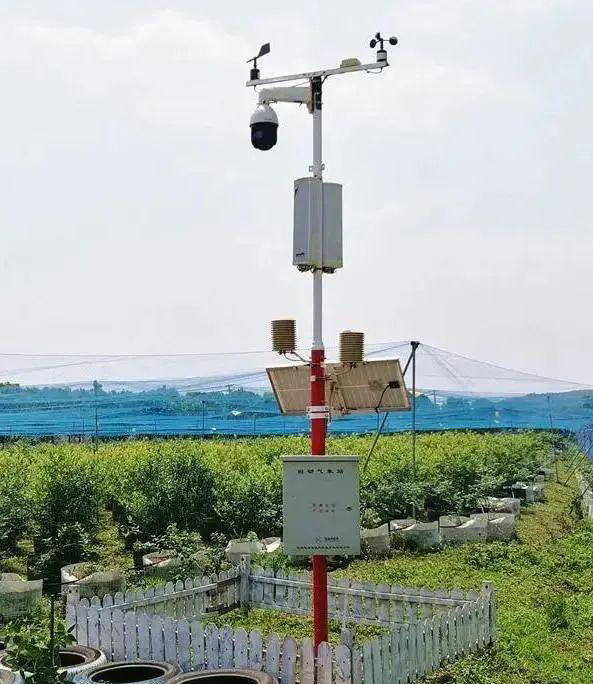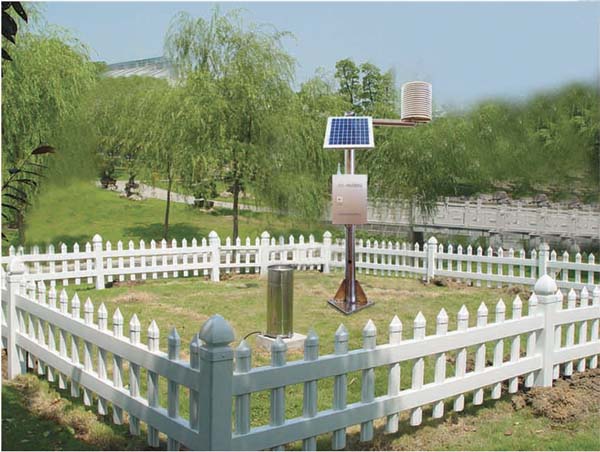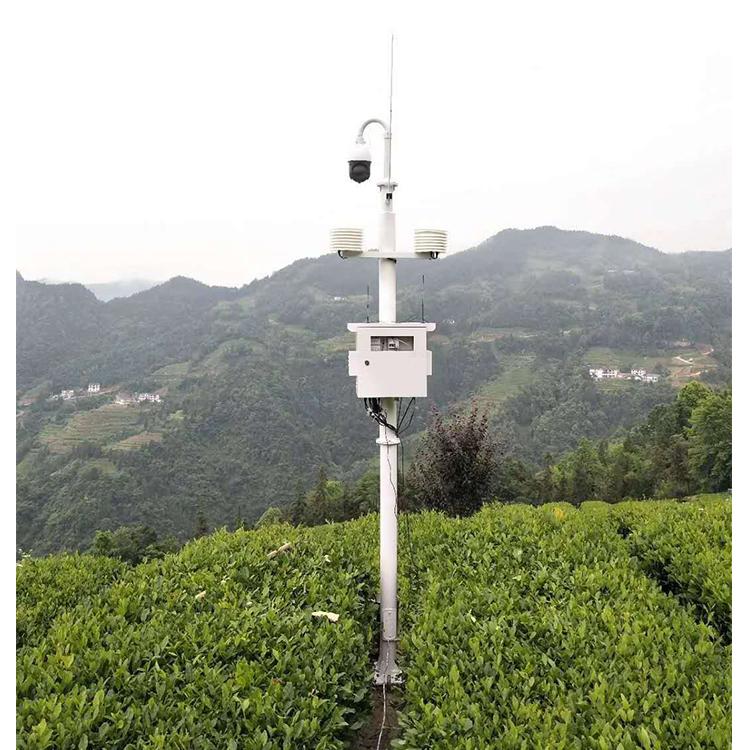

— Blogs —
—Products—
 Consumer hotline +8618073152920
Consumer hotline +8618073152920 WhatsApp:+8615367865107
Address:Room 102, District D, Houhu Industrial Park, Yuelu District, Changsha City, Hunan Province, China
Product knowledge
Time:2023-07-09 16:59:12 Popularity:815
Weather stations enable the monitoring of the meteorological environment within a specific area. Weather stations typically contain a variety of sensors and instruments to monitor and measure several meteorological parameters. These parameters include temperature, humidity, barometric pressure, wind speed, wind direction, precipitation, light intensity, etc.

By setting up and installing multiple weather stations, it is possible to monitor the meteorological environment at different locations within a given area. Such a network of weather stations can provide more comprehensive and accurate weather data to help understand the meteorological conditions in a specific area.
Small weather stations can monitor meteorological factors such as air temperature, relative air humidity, soil temperature, soil moisture, wind speed, wind direction, rainfall, light intensity, evaporation, etc. These meteorological factors have a direct impact on agricultural production, and the monitored meteorological factors can be flexibly configured according to the actual needs of the user at the same time.

For monitoring the meteorological environment in a specific area, the following aspects need to be considered:
Deployment of weather stations: Suitable locations and numbers of weather stations need to be identified for deployment. Select representative locations and ensure that the sensors are not subject to any obstruction or interference to obtain accurate meteorological data.
Sensor and instrument calibration: Ensure that the sensors and instruments of the weather stations are calibrated and maintained according to a prescribed frequency to ensure data accuracy and reliability.

Data collection and transmission: Set up appropriate data collection systems that can collect weather data by wired or wireless means. These data can be transmitted via network to a central data center or cloud platform for further analysis and utilization.
Data analysis and applications: The collected meteorological data can be analyzed and processed to understand the characteristics of the meteorological environment in a given region. These data can be used in areas such as weather forecasting, environmental monitoring, agriculture, and climate research.
By enabling the monitoring of the meteorological environment within a specific region, valuable meteorological data can be obtained to help people better understand and adapt to local meteorological conditions and make decisions and plans accordingly.
Small weather stations are used in many fields such as agriculture, animal husbandry, transportation, tourism, marine meteorology, scientific research sites, etc. due to their advantages of easy detection and flexible configuration.
Prev:Agricultural weather station for monitoring plantation, picking garden, orchard, tea garden weather
Next:Automatic weather stations provide environmental monitoring data for city managers
Related recommendations
Sensors & Weather Stations Catalog
Agriculture Sensors and Weather Stations Catalog-NiuBoL.pdf
Weather Stations Catalog-NiuBoL.pdf
Related products
 Combined air temperature and relative humidity sensor
Combined air temperature and relative humidity sensor Soil Moisture Temperature sensor for irrigation
Soil Moisture Temperature sensor for irrigation Soil pH sensor RS485 soil Testing instrument soil ph meter for agriculture
Soil pH sensor RS485 soil Testing instrument soil ph meter for agriculture Wind Speed sensor Output Modbus/RS485/Analog/0-5V/4-20mA
Wind Speed sensor Output Modbus/RS485/Analog/0-5V/4-20mA Tipping bucket rain gauge for weather monitoring auto rainfall sensor RS485/Outdoor/stainless steel
Tipping bucket rain gauge for weather monitoring auto rainfall sensor RS485/Outdoor/stainless steel Pyranometer Solar Radiation Sensor 4-20mA/RS485
Pyranometer Solar Radiation Sensor 4-20mA/RS485
Screenshot, WhatsApp to identify the QR code
WhatsApp number:+8615367865107
(Click on WhatsApp to copy and add friends)